Roofing underlayment, also known as roofing paper, is available in three basic varieties. The term “felt paper” or “Ice and Water Shield” is most typically used to refer to roofing underlayment, despite the fact that these are two different types of underlayment materials. The underlayment is a component of today’s home roofing systems that is often overlooked but is quite important. The inner waterproofing material is the layer that keeps the roof deck free from water infiltration if the upper layer of waterproofing material becomes damaged. A closer look at the several types of underlayment that you may obtain for your roof is provided.
Roofing Underlayment Types
Asphalt-Saturated Felt
This was the first form of underlayment that gave rise to the terms “roofing felt” and “felt paper.” When it comes to functionality, it is comparable to tar paper, but it is saturated with asphalt instead of tar as the waterproofing ingredient. Although felts were originally the most preferred underlayment material, limited asphalt supplies forced the industry to move on to alternative options. The addition of this felt to the roof deck increases the sturdiness of the roof deck, increasing its strength against the impact of huge tree branches, hailstones and airborne debris.
Rubberized Asphalt
Rubberized asphalt is put in sheets, similar to rubber, and, despite the fact that it is titled asphalt, it contains almost zero asphalt. Rubberized asphalt is laid on the roof deck with the use of specific adhesives, in a manner similar to that of membrane roofing on flat roofs. One of the most significant advantages of rubberized asphalt is that it is intrinsically flexible, making it particularly well suited for climates that undergo extremes of both hot and cold weather. Asphalt shingles degranulate as a result of exposure to the elements.
Rubberized asphalt has a variety of compositions that vary based on the requirements of the roofing project. The addition of improved waterproofing, fiberglass strengthening, and sound absorption are just a few of the advantages. Rubberized asphalt roofs can be fixed in the event of a leak, much like commercial flat roofs, although the outer roofing covering will have to be substantially removed in order to do so successfully.
Subscribe to Legends Roofing's Blog


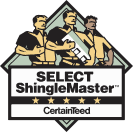
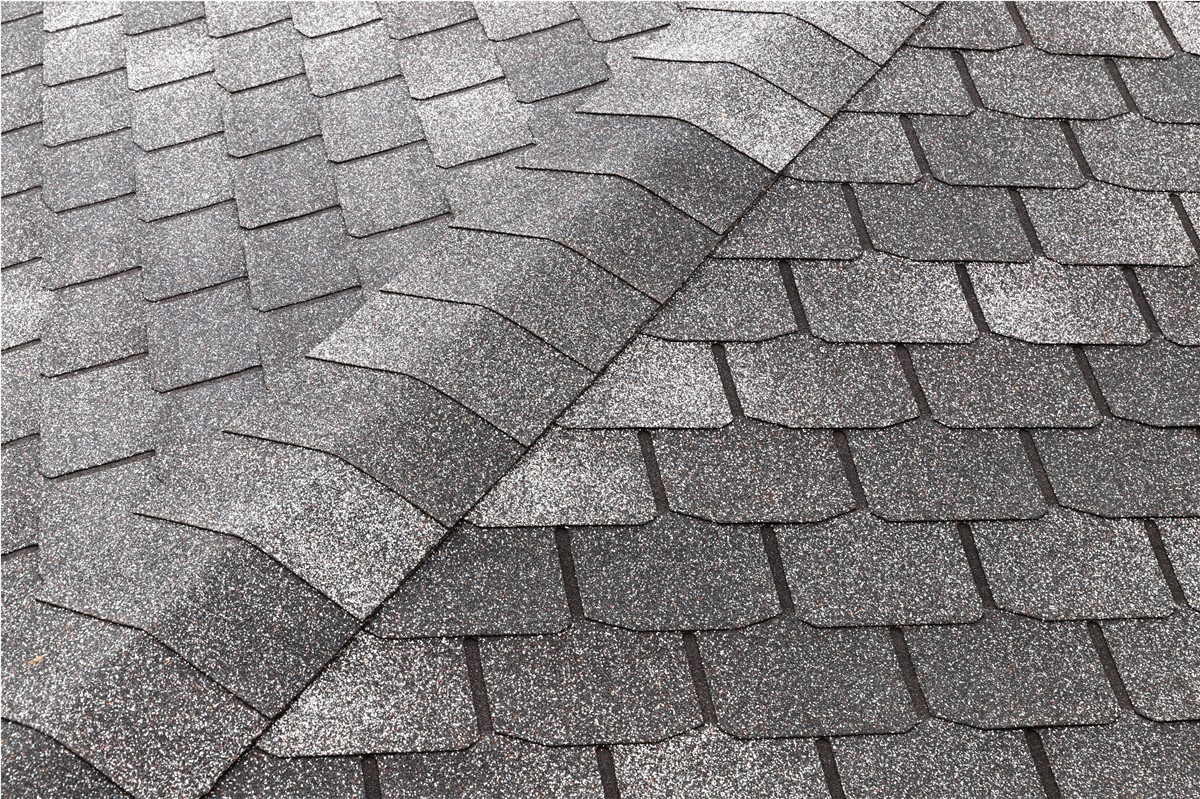

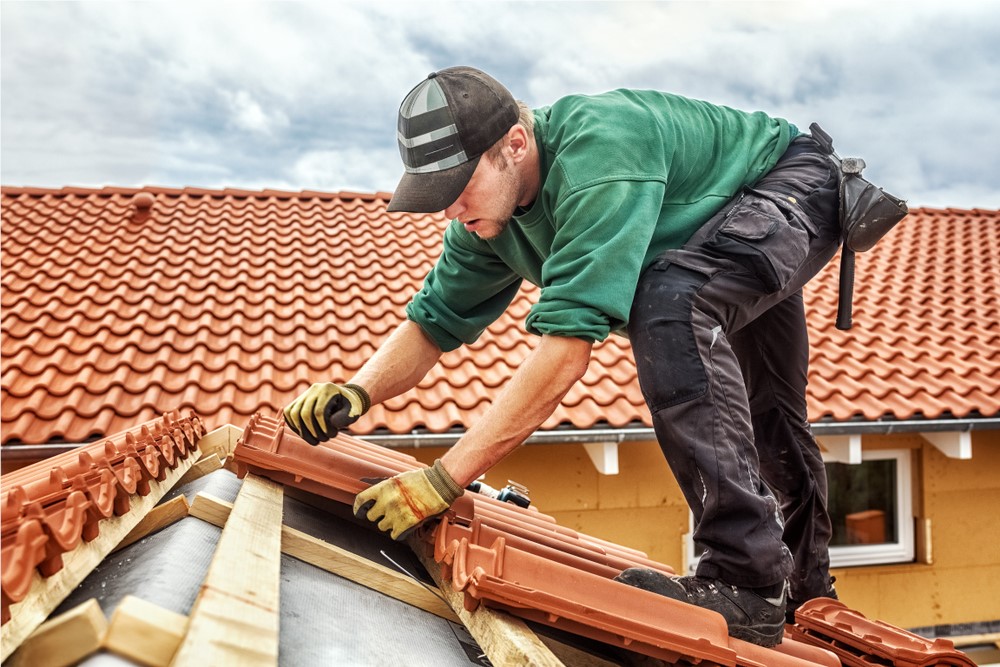
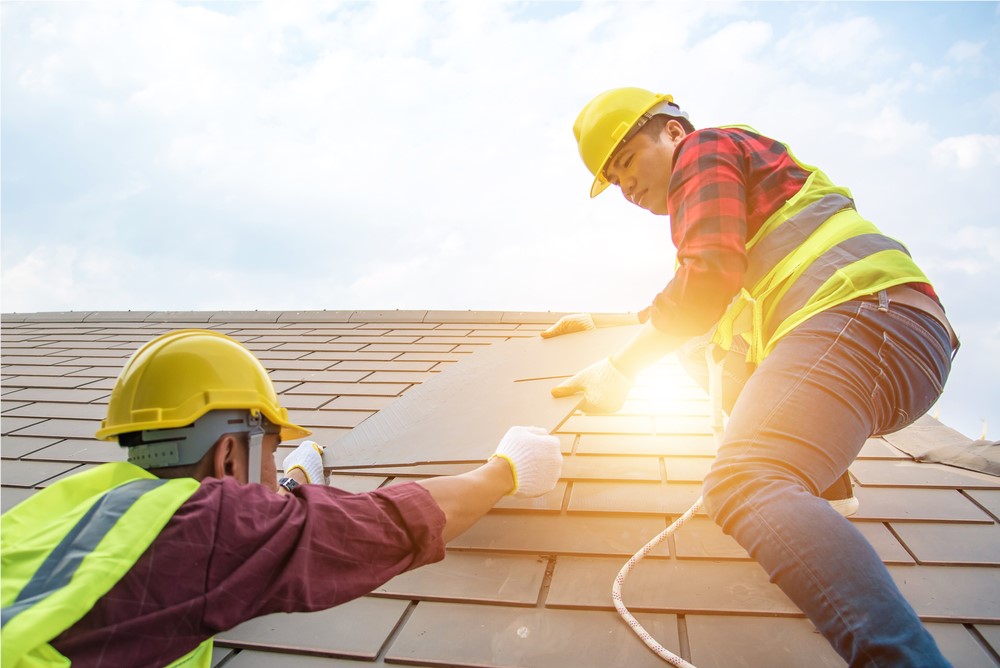
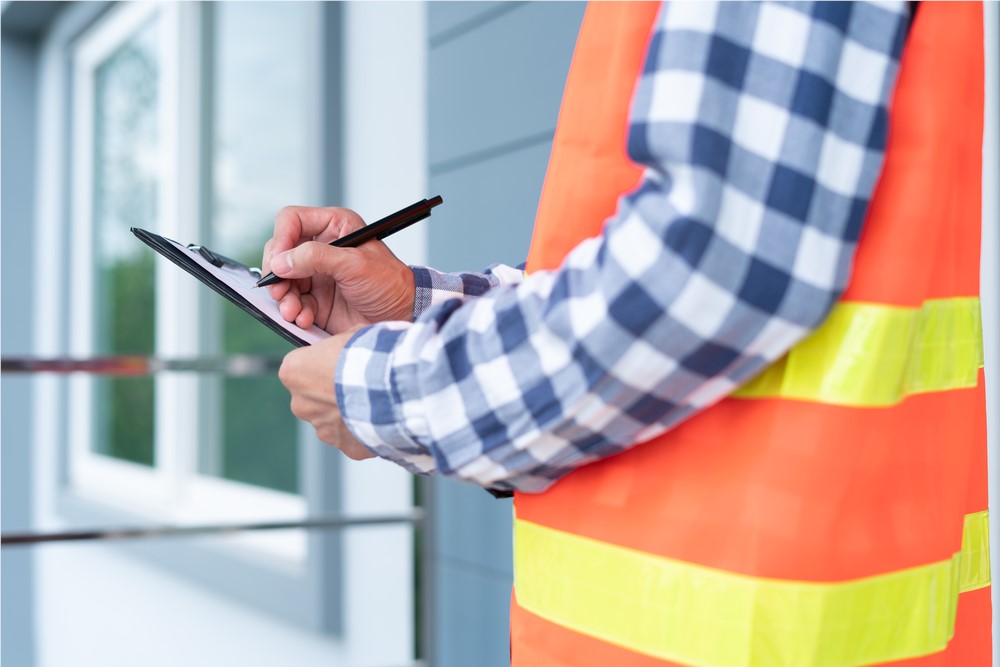

Comments